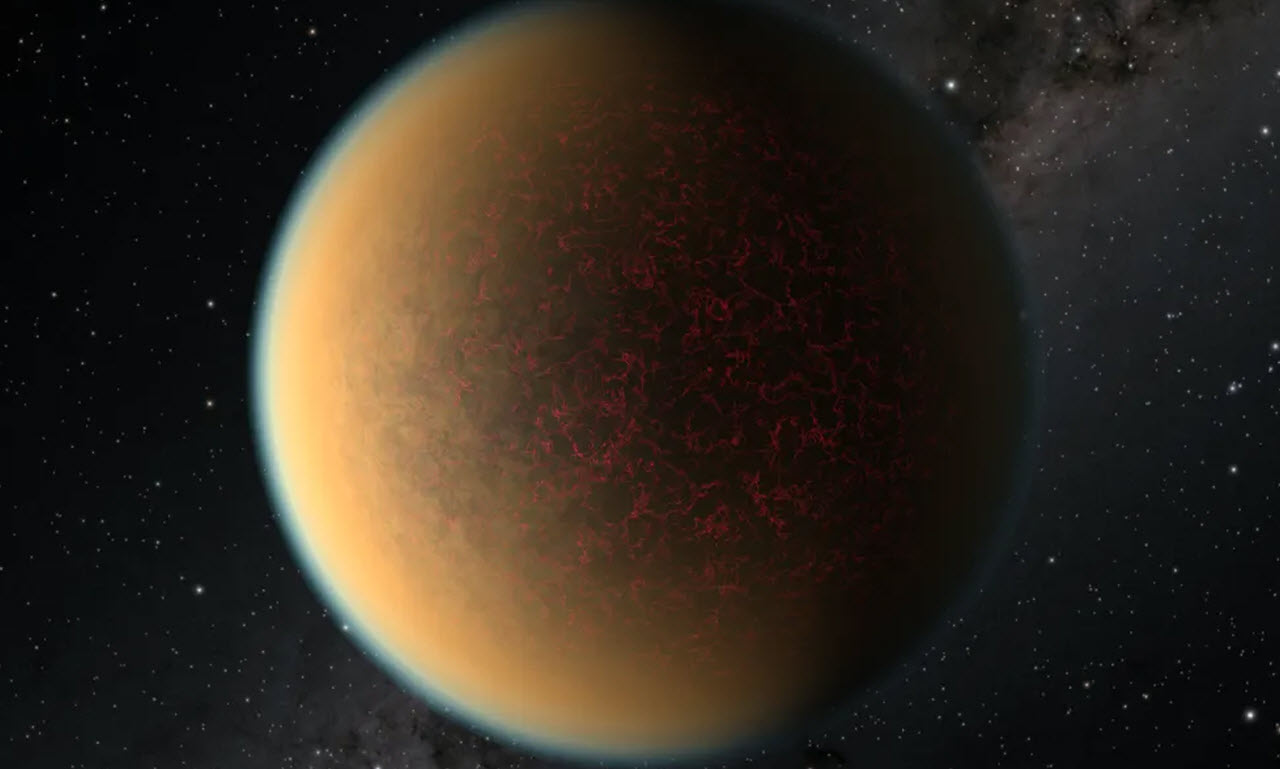When most of us think about space travel, we tend to focus on heavenly bodies that are closest to us. For example, we might think about going to the moon, going to Mars, or perhaps even just orbiting around the planet Earth.
Data from NASA satellites has allowed scientists from the University of Warwick, UK, to discover something that is absolutely amazing. Although it isn’t the first planet that has been discovered, it is being described as the closest size and temperature planet we know.

In case you are interested, the name of the planet is Gliese 12 and it orbits around its own star, a cool red dwarf. It rotates around the sun every 12.8 days, so the year is going to be relatively short if you happen to be standing on the planet.
Scientists are saying that life may be possible on this planet because it is one of the few known rocky planets where humans could theoretically survive. The short span of a year may make it difficult to celebrate the New Year celebrations every year, but the possibilities otherwise are endless.
According to Dr. Thomas Wilson, who was involved in the discovery: “This is a really exciting discovery and will help our research into planets similar to Earth across our Galaxy.
“Thrillingly, this planet is the closest Earth-sized and temperature planet we know. The light we are seeing now is from 1984 (40 years ago) – that’s how long it has taken to reach us here on Earth’s.”
He went on to say: “Planets like Gliese 12 b are very few and far between, so for us to be able to examine one this closely and learn about its atmosphere and temperature is very rare.”

If you like the heat, you might appreciate the fact that this planet is around 107°F on the surface. If you like snow, you might be out of luck.
Then again, leaving the planet Earth behind it may have its own difficulties and if climate change continues to be an issue, it might get a lot warmer here as well.
Something else to consider is the fact that the planet is located in the constellation Pisces, which is about 40 ly away. We don’t yet have the technology available to travel that distance, and it would take a multigenerational ship just to get there.
We also don’t know what the atmosphere looks like, and that could be a problem because once we get there, we don’t know what we will find.
According to another scientist who led the study, this planet will be a unique candidate for further atmospheric study that may help unlock some aspects of our own solar system.
She went on to say: “Earth remains habitable, but Venus does not due to its complete loss of water. Gliese 12 b’s atmosphere could teach us a lot about the habitability pathways planets take as they develop.”





